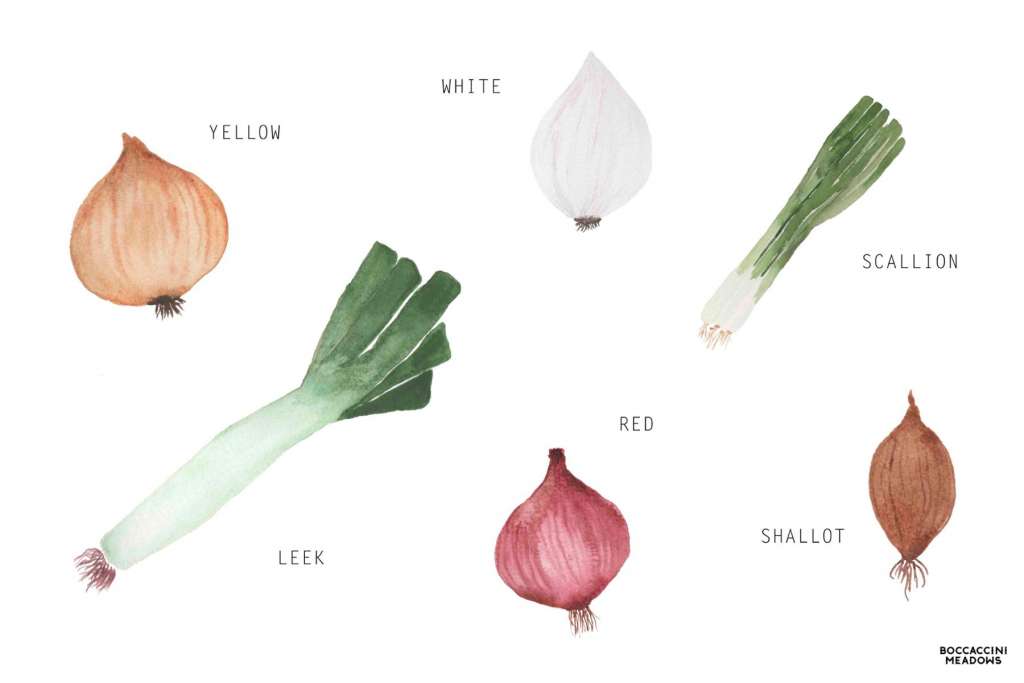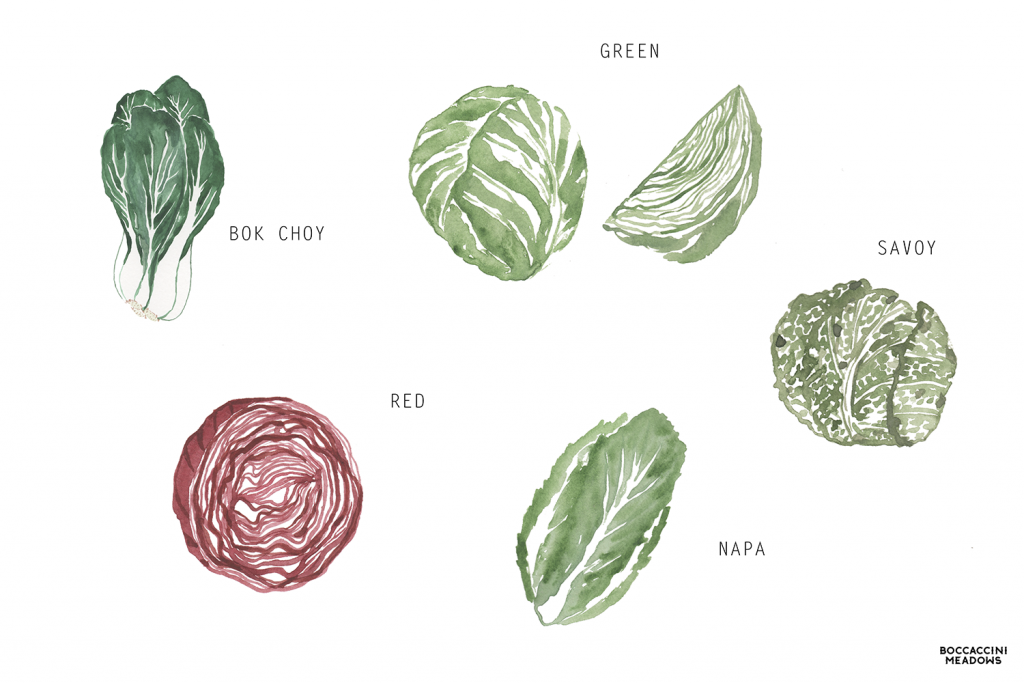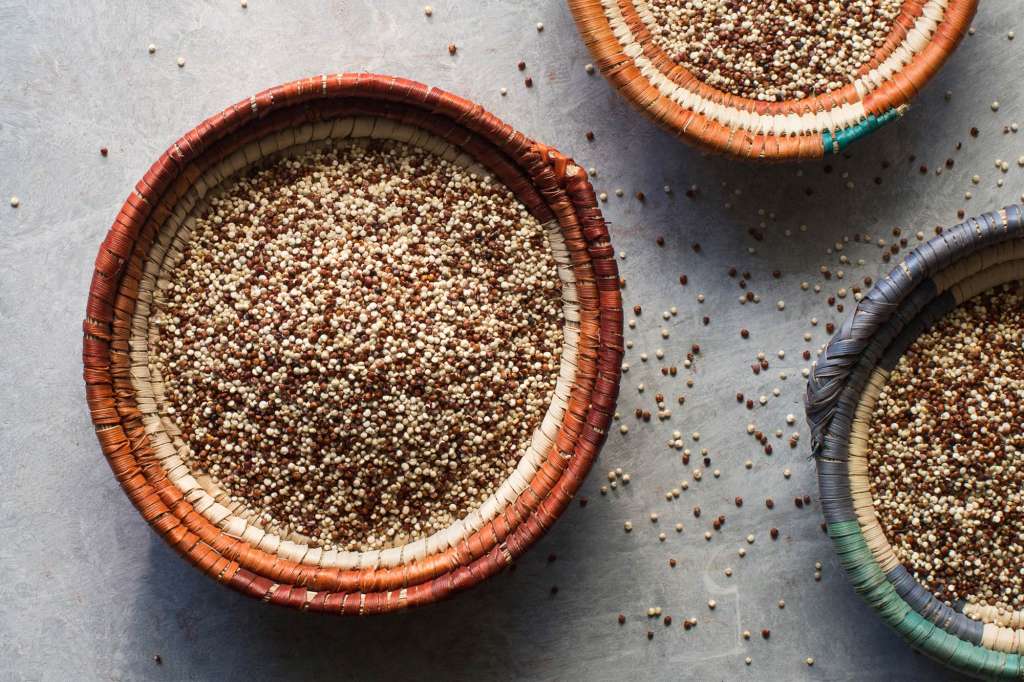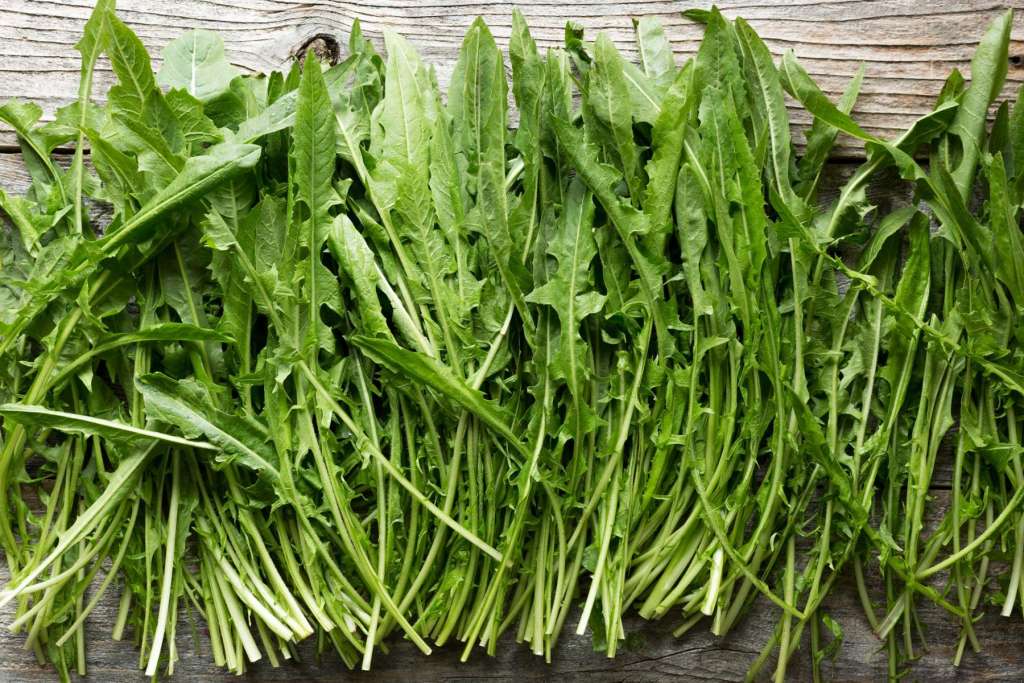Essentials of the Japanese Pantry

Simple dishes with complex flavors, that’s how we describe most Japanese food. Consider sushi, a single slice of raw fish served on a finger length of rice that many chefs consider one of the most difficult dishes to master, or yakitori, simple skewers of grilled chicken parts that somehow have an extraordinary depth of taste. The key to these dishes is a well-stocked pantry of the umami and acid-rich seasonings, plus some staples that make up the foundation of the country’s cuisine.
Here’s a primer:
Baby bok choy
Mildly sweet and far more tender than the more mature varieties, this Chinese cabbage is a mineral-rich addition to a meal.
Ginger
Often referred to as a root, ginger is actually a rhizome—a stem that grows underground. Ginger’s sharp flavor is everywhere in Japanese cooking, from the sauce for pork katsu to pink preserved slices on the side of a plate of sashimi.
Kombu
This seaweed is rich in glutamates (aka umami) as well as vitamins and minerals. It’s used to make dashi, the signature broth of Japanese cuisine.
Mirin
A rice wine similar to sake but with less alcohol and more sugar, mirin helps balance saltier ingredients like soy.
Miso
This fermented soybean paste is pure umami. Its sweet, roasted undertones lend a deeply savory, I-don’t-know-what-it-is-but-I’ve-got-to-have-more flavor to everything, from miso soup to tsukune (chicken meatballs) to ramen. Like yogurt and other lacto-fermented foods, miso is full of live probiotic cultures.
Ramen noodles
These wheat noodles get extra bounce thanks to the alkaline salts added to the dough. Their chewy texture means they can stand up to a hot ramen broth without losing their bite.
Rice vinegar
Made by fermenting the sugars in rice first into alcohol and then into acid, rice vinegar is less acidic than distilled vinegar and has a delicate, somewhat sweet flavor.
Sesame seeds and sesame oil
These tiny seeds have a high oil content and deliver an incredible amount of flavor considering their size. Pure sesame oil has a high smoke point and is an excellent cooking oil. Toasted sesame oil is used mainly as a seasoning.
Dried shiitake mushrooms
Dehydrating mushrooms intensifies their flavor and boosts their umami. Rehydrate before using and use the soaking water to add flavor to sauces and stocks.
Soy milk
More than just a nondairy creamer for your latte, protein-rich soy milk also adds a cream-like richness to soups.
Tamari
Soy sauce is found all over Asia, but tamari, a by-product of miso production, is specifically Japanese. Tamari is darker and richer than Chinese soy sauce. It’s also less salty and, unlike soy sauce, traditionally contains no or very little wheat, so it’s gluten-free.
Tofu
Made by coagulating soy milk and then pressing curds into blocks, tofu has a delicate taste that balances bolder Japanese flavors.
Shichimi Togarashi
This spicy seasoning mix traditionally contains seven ingredients—hot red pepper, orange peel, white and black sesame seeds, Japanese pepper (sansho), ginger, and seaweed. It’s spicy, but has a nice fragrance, too and it will lift any subtly flavored dish.









